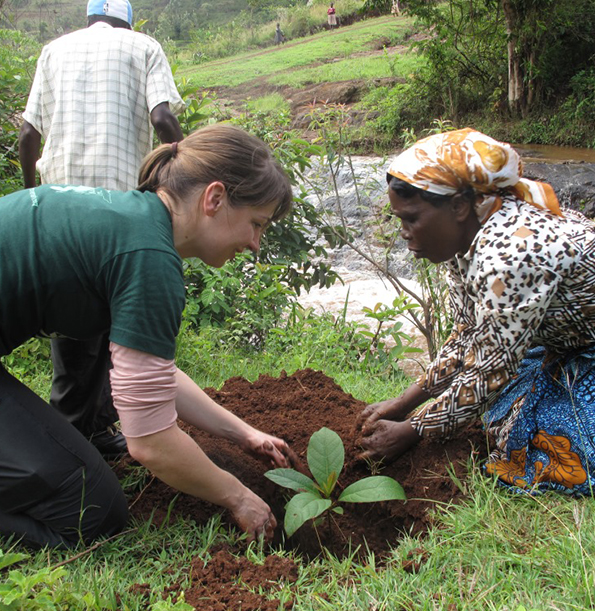
Introduction
The Green Belt Movement (GBM) is a renowned environmental and social organization founded by the remarkable Nobel Peace Prize laureate, Professor Wangari Maathai. Established in 1977 in Kenya, the GBM has been at the forefront of promoting environmental conservation, women’s empowerment, and sustainable economic development in Africa and beyond. This comprehensive content delves into the origins, objectives, key initiatives, and lasting impacts of the Green Belt Movement.
Origins and Founder
The Green Belt Movement finds its roots in the visionary leadership of Professor Wangari Maathai. A Kenyan environmentalist and political activist, Professor Maathai recognized the devastating consequences of deforestation and environmental degradation on rural communities in Kenya. She envisioned an organization
that would not only address environmental challenges but also empower women, alleviate poverty, and foster sustainable economic development.
Objectives
The primary objectives of the Green Belt Movement are
Environmental Conservation: GBM’s central mission is to combat deforestation, soil erosion, and desertification by planting trees and restoring degraded landscapes.
Women’s Empowerment: GBM empowers women, particularly in rural areas, by training them in tree planting and conservation practices. This enables them to become active environmental stewards and income generators for their families.
Community Development: By engaging communities in tree planting and environmental projects, GBM promotes sustainable land use and economic development, enhancing the quality of life for many.
Advocacy: GBM advocates for sound environmental policies and sustainable development practices at local and national levels. They are committed to influencing policy changes that support their mission.
Key Initiatives
Tree Planting: GBM’s signature initiative involves the planting of indigenous tree species. Trees provide various environmental benefits, such as carbon sequestration, soil conservation, and biodiversity preservation.
Women’s Empowerment: GBM organizes training programs that enable women to become self-reliant and environmentally conscious. By participating in tree planting, women improve their economic prospects while contributing to environmental conservation.
Sustainable Agriculture: GBM promotes agroforestry and sustainable farming practices, integrating tree planting with agricultural activities to enhance soil fertility and food security.
Advocacy and Education: GBM raises environmental awareness through educational programs and advocates for policies that protect the environment and support community-led conservation efforts.
Lasting Impact
The Green Belt Movement has achieved several lasting impacts
Rural Transformation: GBM has transformed rural landscapes in Kenya and other African countries, making them more resilient to climate change and environmental degradation.
Women’s Leadership: Through GBM’s efforts, women have become leaders in their communities, driving both environmental initiatives and economic development.
Global Inspiration: GBM’s model of grassroots environmentalism and women’s empowerment has inspired similar initiatives worldwide.
Policy Change: The advocacy work of GBM has contributed to significant policy changes in Kenya and beyond, promoting environmental conservation and sustainable development.

Conclusion
The Green Belt Movement, under the visionary leadership of Wangari Maathai, stands as a beacon of hope and empowerment. By addressing environmental challenges, empowering women, and promoting sustainable economic development, GBM has left an indelible mark on Africa and the world. Professor Maathai’s legacy lives on through the continuing efforts of GBM and its commitment to environmental conservation, community development, and the empowerment of women.
Subscribe to our newsletter and stay updated.

LSSE is a private company limited by guarantee, registration number 12523857. UK Provider Reference Number (UKPRN): 10089956
Not a member yet? Register now
Are you a member? Login now